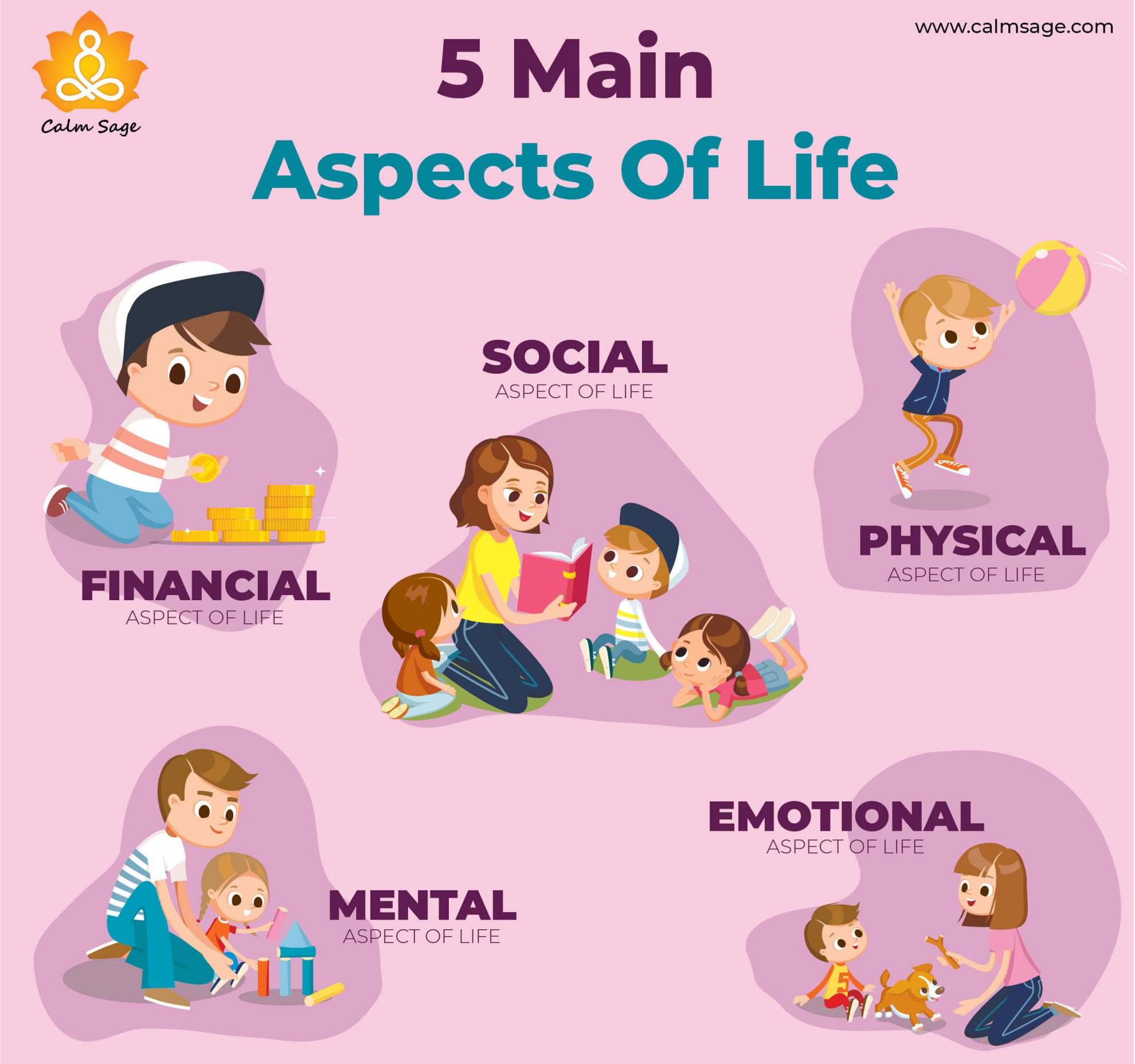Discover how to nurture resilient cacti from seed to bloom and enjoy their beauty for years to come!
Cactus seeds are particular about their germination conditions. They thrive in temperatures ranging from 70°F to 85°F (21°C to 29°C), need consistent moisture without waterlogging, and have varying light requirements—some prefer light, while others thrive in darkness.
Cacti are remarkable plants that have adapted to thrive in arid desert environments. Their unique life cycle allows them to survive and reproduce in harsh conditions. In this article we will explore the complete life cycle of a typical cactus plant.
Germination Stage
The life of a cactus begins as a tiny seed. Cactus fruits contain numerous seeds which are spread by animals eating the fruit. With sufficient warmth and moisture the seeds can germinate and grow.
The first sign of life is the emergence of the radicle or primary root. Next, the hypocotyl pushes through the soil as a seedling. Two seed leaves called cotyledons follow to start photosynthesis. At just 1-4 mm tall the young cactus is extremely fragile but is on its way.
Seedling Stage
In the months after germination, the seedling focuses on root growth and vegetative development. Its cactus shape starts to form as more areoles and spines emerge. The stem expands to store water in its succulent tissue. Growth is very slow, taking 6 months to 2 years depending on the species. Bright indirect light, moderate water, and warm temperatures around 70-80°F are essential during this vulnerable stage.
Vegetative Growth Stage
The vegetative growth stage lasts 2-10 years. The cactus experiences a major increase in height and width as its tissues thicken for water storage. New pads and stems develop showcasing the plant’s adaptability. As the cactus transitions from juvenile to mature structure, robust spines emerge serving as protection and reducing water loss. This dynamic phase establishes the foundation for future health and reproduction.
Maturity Stage
It takes 3-50 years for a cactus to accumulate enough resources to reach maturity and produce its first flowers. Columnar cacti like saguaro can take 30-50 years. But once mature, the cactus can bloom every year. Maturity marks the onset of the flowering and reproductive stages.
Flowering Stage
Cacti bloom in response to environmental cues like cool nights and long daylight hours. The flowering period lasts 1-4 weeks depending on species. Flowers produce sweet nectar to attract pollinators like bees, birds, and bats. This symbiotic relationship benefits both the pollinator and cactus through cross-pollination.
Pollination
Pollen from a cactus flower reaches the stigma of another plant through insect, bird, bat, or wind transport. This pollen grain then fertilizes the ovule enabling seed production. Fertilization is essential for continuing the cactus life cycle.
Fruiting Stage
After fertilization, the base of the flower transforms into a fleshy, berry-like fruit containing many seeds. Cactus fruits come in various sizes, shapes, and colors. The ripening fruit splits open signaling to animals it’s ready to eat.
Seed Dispersal
When animals consume cactus fruits, they ingest the seeds which are later dispersed through their feces. Birds, mammals, and reptiles act as seed dispersers. This mutualistic relationship benefits the animals with food while propagating cactus seeds.
Asexual Reproduction
In addition to sexual reproduction through seeds, cacti can propagate asexually via offsets. These attached stems root and detach to grow clones of the parent plant. Offsets allow cacti to multiply without seeds or pollination.
Lifespan
Cactus lifespan varies significantly by species. Short-lived cacti may survive 10-20 years. Long-lived varieties can live 50-100+ years, and some have reached centuries. Environmental factors like water availability, soil quality, and climate greatly impact longevity. With good conditions, cacti can live over 100 years.
Complete Life Cycle
- Seed germination
- Seedling stage
- Vegetative growth
- Maturity
- Flowering
- Pollination
- Fruiting
- Seed dispersal
- Asexual reproduction via offsets
- Death
This cycle repeats endlessly as new generations of cacti are propagated. Though slow growing, cacti are incredibly resilient plants. Their specialized adaptations allow them to survive challenging desert environments. Understanding the cactus life cycle provides deeper appreciation of how these iconic plants endure and thrive in arid habitats.

Factors Influencing Seed Lifespan
Storage conditions play a crucial role in seed longevity. Keeping seeds in cool, dry environments enhances their lifespan significantly.
⏳ Duration of Seedling Stage
The seedling stage typically lasts between 6 months to 2 years. This duration varies based on species and environmental conditions, so patience is key during this phase.
David Attenborough: The Fascinating Life Cycle of Desert Plants | Nature Bites
FAQ
What is the life cycle of a cactus?
What is the lifespan of a cactus?
Cactus lifespans vary greatly, from just a few years to several centuries, depending on the species and growing conditions.
How to tell if a cactus plant is dying?
Cactus falls over or is very loose in the soil. Spikes may fall off. Both of these indicate overwatering and root rot.Aug 6, 2020
Can a cactus go 3 weeks without water?
Yes, they’ll be fine. They can easily go 3 weeks without water, especially the cactus. Hopefully you haven’t been watering them on a schedule – you should be looking for 100% soil dryness and signs of thirst.
